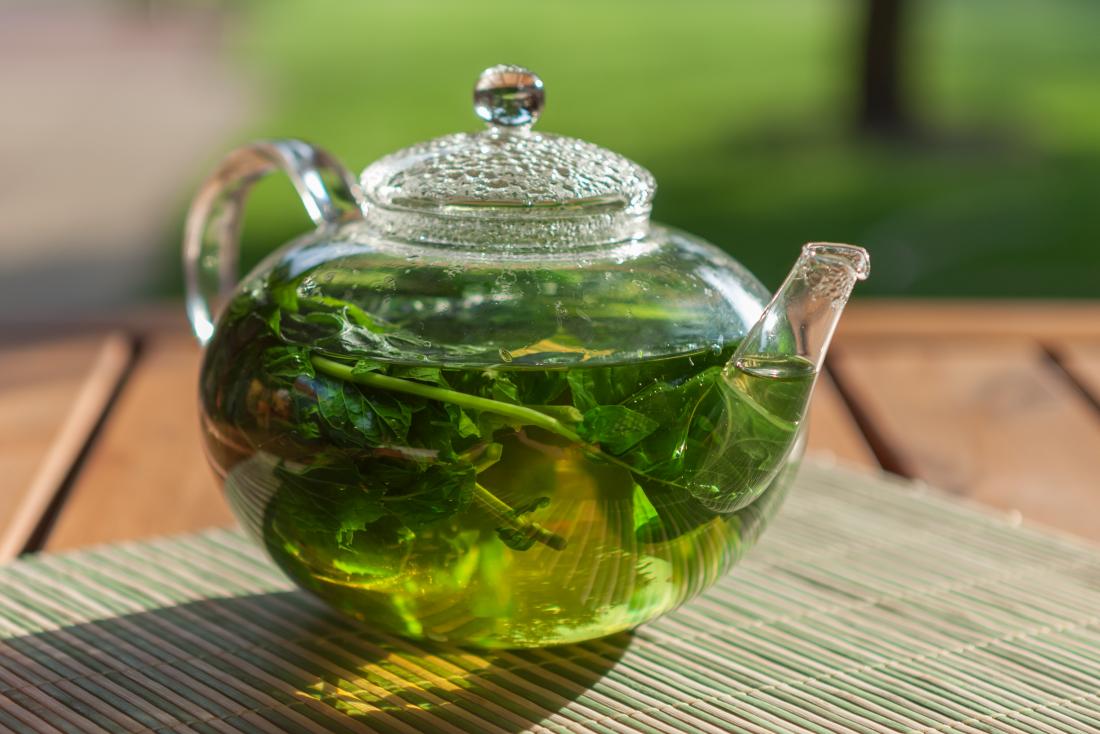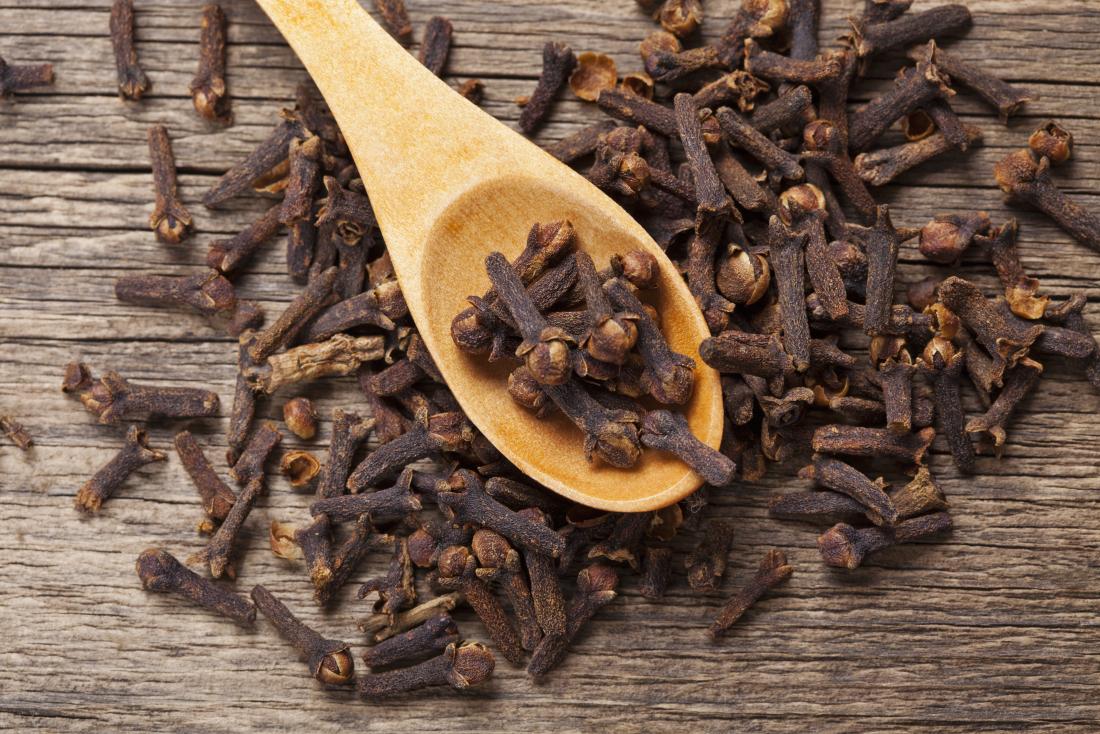If the pain lasts for more than 1 or 2 days, it is best to see a dentist immediately to have it treated.
Until then, the following simple remedies made from ingredients usually available at home may provide temporary relief from the discomfort.
1. Cold compress or ice pack

If toothache pain lasts more than 1 or 2 days then seeing a dentist is recommended.
A cold compress or an ice pack can help ease dental pain, especially if a toothache is due to injury or swollen gums.
A person can try holding the ice pack or a bag of frozen peas, for example, against the outside of the cheek above the painful tooth for a few minutes at a time.
The application of a cold treatment constricts the blood vessels, slowing the flow of blood to the affected area. This helps numb the pain and reduce swelling and inflammation.
2. Saltwater mouthwash
Rinsing the mouth with warm salt water helps to loosen debris lodged in cavities or between teeth. It may also reduce swelling, boost healing, and relieve a sore throat.
A saltwater rinse can be made by dissolving 1 teaspoon of salt in a glass of warm water and swish around in the mouth for about 30 seconds before spitting out. This process can be repeated as often as needed.
3. Painkillers
Over-the-counter medication, such as acetaminophen and ibuprofen, can provide temporary pain relief for a toothache.
Aspirin should not be given to children under 16 years old.
4. Garlic
Garlic has been widely used for medicinal purposes throughout history. It contains a compound called allicin, which accounts for its powerful antibacterial properties.
A fresh clove of garlic should first be crushed and then mixed with a little salt, and the mixture applied to the affected tooth.
5. Peppermint tea

Peppermint tea may help to soothe toothache due to its numbing properties.
Like cloves, peppermint has numbing properties that can soothe a toothache. Menthol, which gives peppermint its minty flavor and smell, is also known to be antibacterial.
One teaspoon of dried peppermint leaves can be put in a cup of boiling water and steeped for 20 minutes. After allowing to cool, it can be swished around in the mouth then spat out or swallowed.
A slightly warm, wet tea bag can also be used and held against the tooth for several minutes until the pain lessens.
A few drops of peppermint oil on a cotton ball can also be placed against the affected tooth as a temporary remedy.
6. Thyme
Thyme is known for its medicinal uses and is an effective remedy for chest infections, such as bronchitis or whooping cough. Thymol, the main component of the essential oil, has antiseptic and antifungal properties.
One drop of thyme essential oil can be added to a glass of water to make a mouthwash.
Another method is to sprinkle a few drops of thyme essential oil and water onto a cotton ball. After adding the water, press it against the painful tooth.
7. Aloe vera
Aloe vera gel, which can be found within the succulent plant’s leaves, has long been used to heal burns and minor cuts. Some people now use the gel to clean and soothe gums.
Studies have shown that aloe vera has natural antibacterial qualities and can destroy germs that cause tooth decay.
The gel should be applied to the painful area of the mouth and gently massaged.
8. Hydrogen peroxide rinse
Rinsing with a hydrogen peroxide solution is an effective antibacterial mouthwash, especially if a toothache is caused by an infection.
Hydrogen peroxide is dangerous if swallowed so great care must be taken when rinsing.
It should be mixed in equal parts of 3 percent hydrogen peroxide and water and swished in the mouth for about 30 seconds. After spitting it out, the mouth should be rinsed several times with plain water.
A hydrogen peroxide rinse must never be swallowed, and this remedy is not recommended for children.
9. Cloves

Cloves have anti-inflammatory and antibacterial properties.
Cloves are a spice native to the Maluku Islands in Indonesia. They contain eugenol, a chemical compound that acts as a natural anesthetic.
Cloves also have anti-inflammatory and antibacterial properties, which can help fight tooth and gum infections.
A person can soak a small cotton ball with clove oil and apply it to the area affected by the painful tooth.
Dried whole cloves can also be used. Gently chew a whole clove to release its oil and hold in place against the affected tooth for up to 30 minutes.
When to see a dentist
These home remedies are meant to provide temporary relief only. It is important to seek immediate treatment from a dentist once a toothache lasts for more than a day or two.
If dental pain is not treated straight away, it might lead to more serious problems, such as gum disease or a dental abscess. An abscess is caused when bacteria infect the innermost part of the tooth called a dental pulp.
Takeaway
The best way to prevent a toothache or dental abscesses is by keeping teeth and gums as healthy as possible. This can be done with the following steps:
- brushing teeth with a fluoride toothpaste twice a day, for at least 2 minutes
- cutting down on sugary food and drinks
- flossing or using an interdental brush regularly to clean between the teeth and under the gum line
- not smoking, as it can make dental problems worse
- having regular dental checkups
If someone has a toothache that lasts longer than a couple of days, they should see their dentist for advice and treatment.
Let’s block ads! (Why?)





